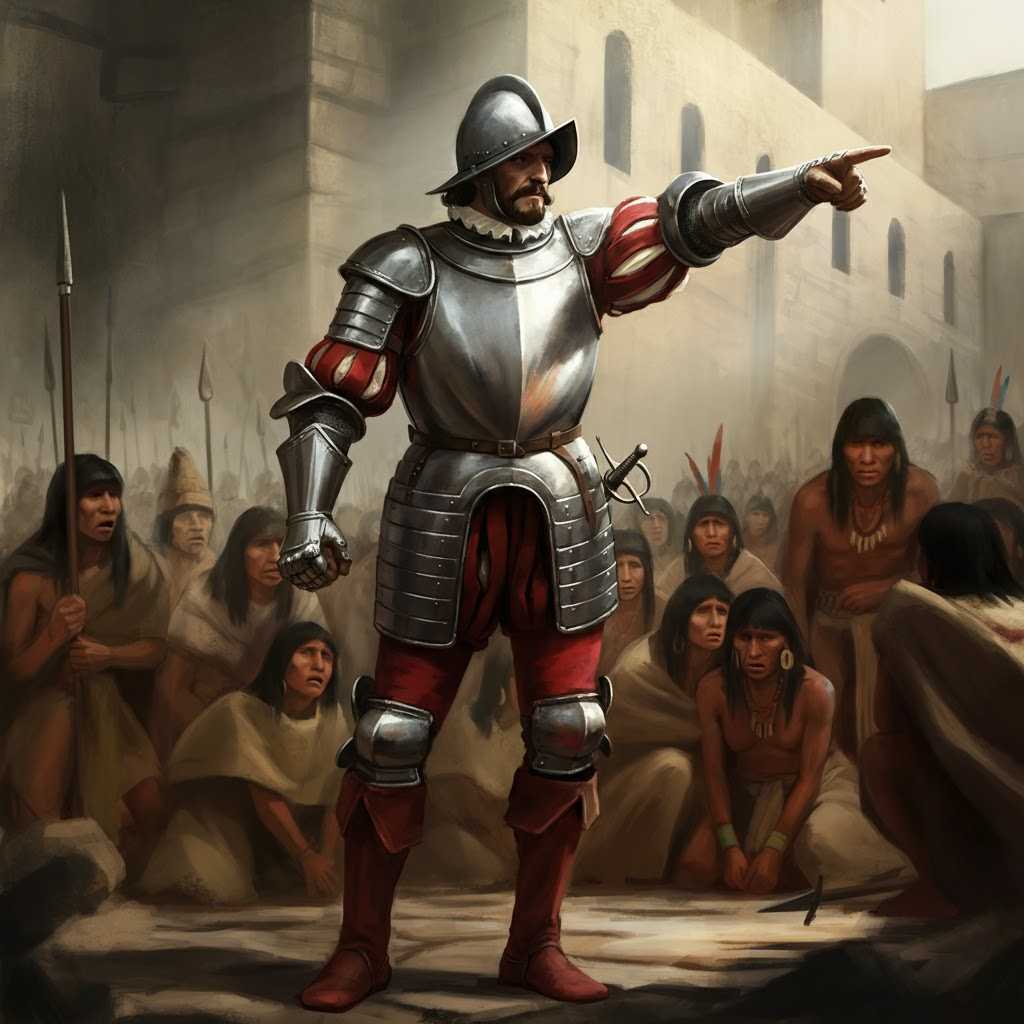How the Spanish Used Indigenous Cabildos to Control the Americas
The Spanish established indigenous cabildos to control indigenous populations in the Americas. These local governing bodies incorporated elements of indigenous governance but imposed a rigid Spanish-style hierarchy.

Let’s take a journey back in time to the tumultuous period when Spanish conquistadors were figuring out how to run a place they’d just stormed into. They needed a plan, a system, a bit of bureaucratic wizardry to keep the locals in check without burning everything to the ground. Enter the indigenous cabildos—a bureaucratic Frankenstein that stitched Spanish colonial ambition with indigenous governance. It wasn’t just clever; it was essential.
Imagine the cabildo as a kind of administrative Swiss Army knife. It consolidated power, reinforced a clear pecking order, and was conveniently plonked right in the middle of town. This was no random move. The cabildo’s strategic placement screamed authority—like a town square Starbucks for colonialism. Surrounding neighborhoods, the barrios and estancias, weren’t left out entirely; they were roped into this system with representatives like mayors and other local bigwigs who, presumably, drew the short straw.




